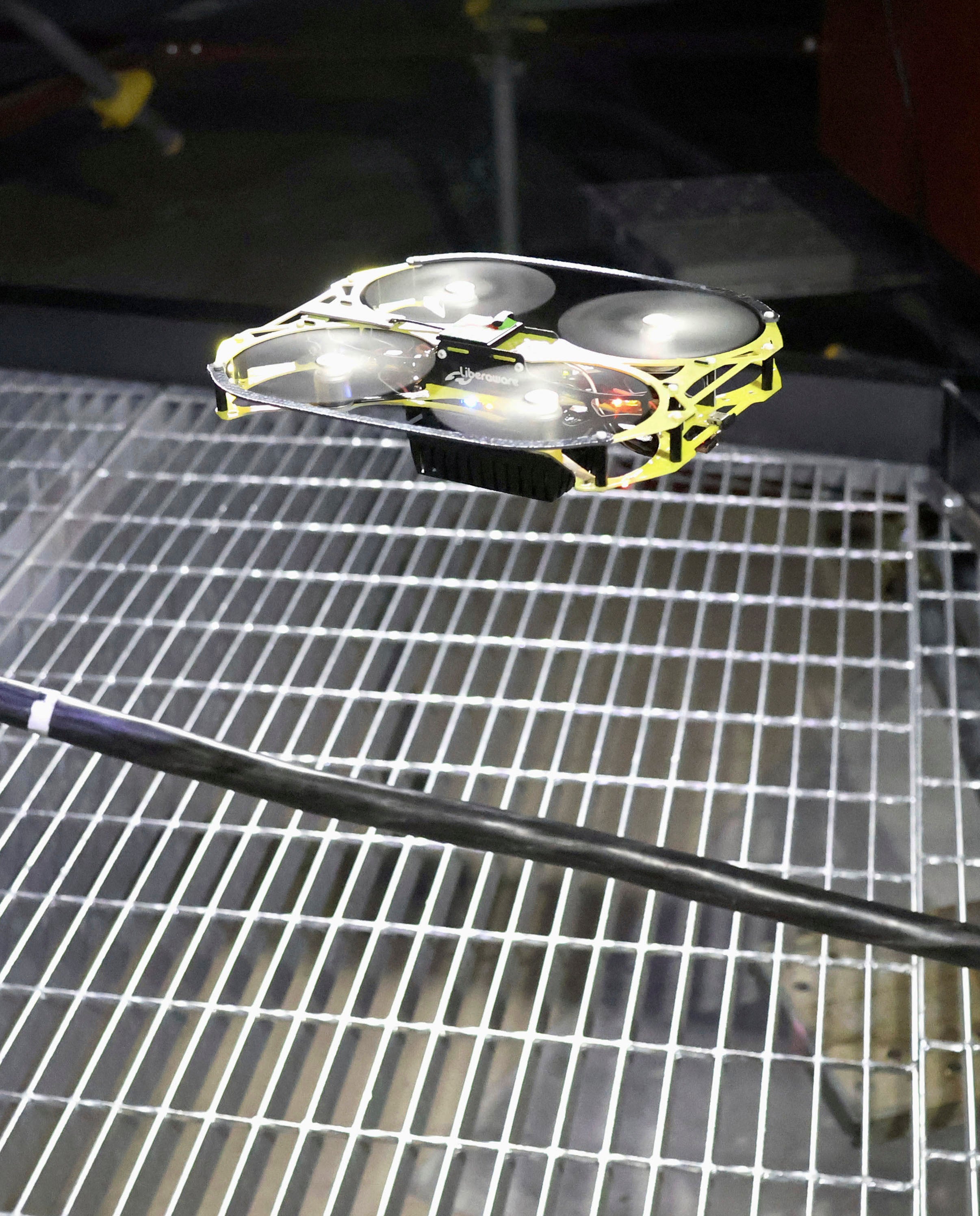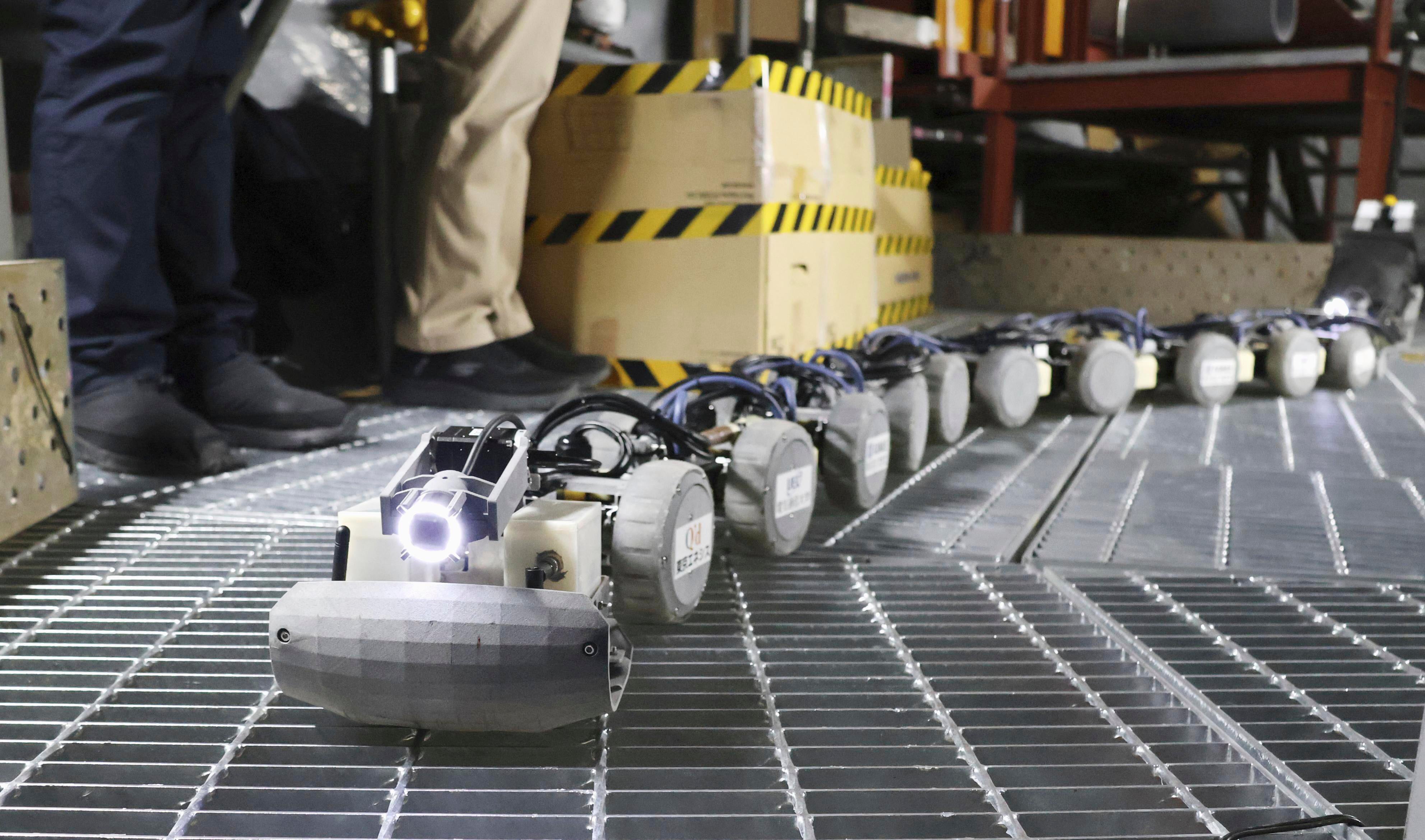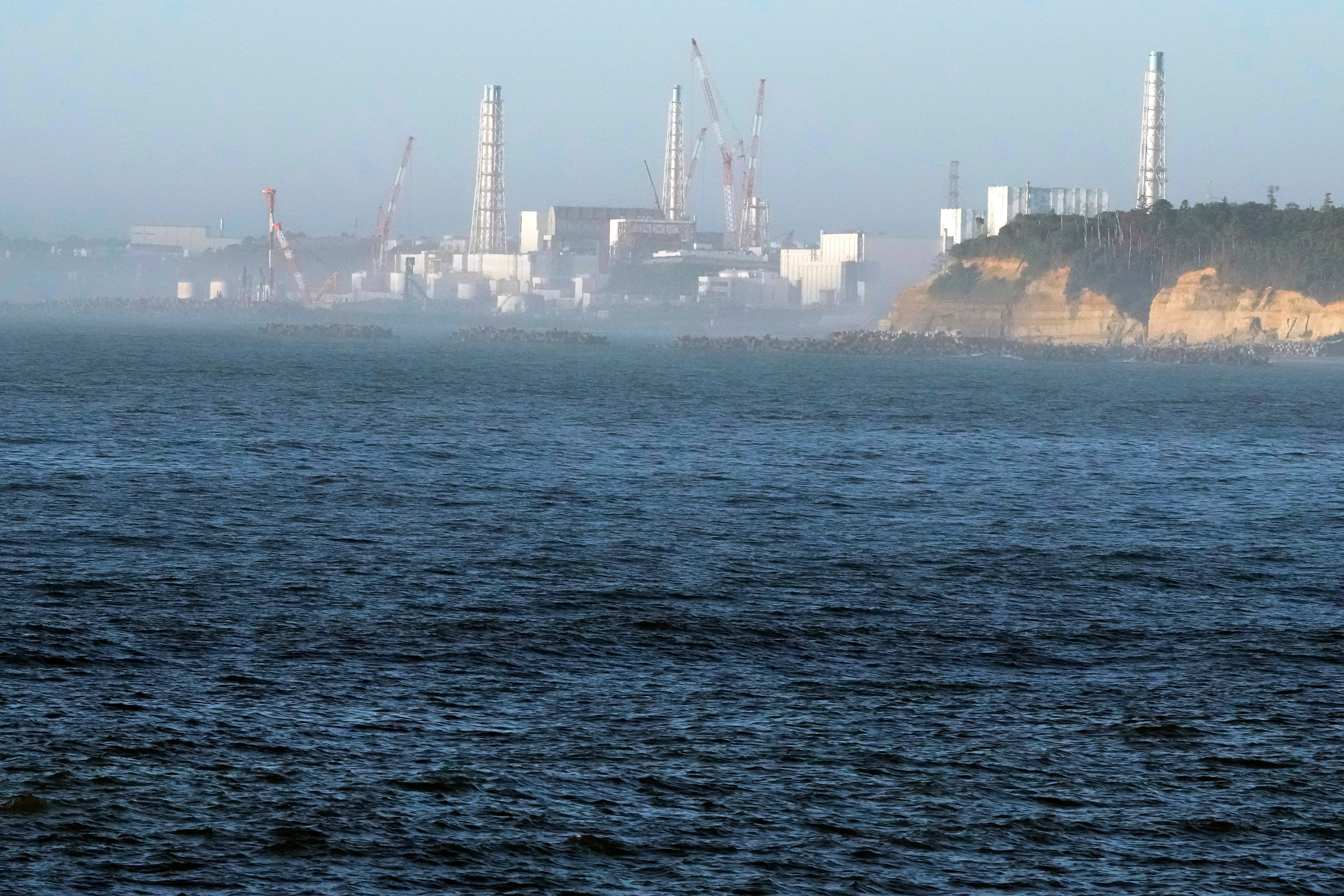A drone the size of a slice of bread may allow a glimpse inside one of the world’s most dangerous places
A drone almost the size of a slice of bread is Japan’s newest hope to get clearer footage of one of the reactors inside the tsunami-hit Fukushima Daiichi nuclear power plant

Your support helps us to tell the story
From reproductive rights to climate change to Big Tech, The Independent is on the ground when the story is developing. Whether it's investigating the financials of Elon Musk's pro-Trump PAC or producing our latest documentary, 'The A Word', which shines a light on the American women fighting for reproductive rights, we know how important it is to parse out the facts from the messaging.
At such a critical moment in US history, we need reporters on the ground. Your donation allows us to keep sending journalists to speak to both sides of the story.
The Independent is trusted by Americans across the entire political spectrum. And unlike many other quality news outlets, we choose not to lock Americans out of our reporting and analysis with paywalls. We believe quality journalism should be available to everyone, paid for by those who can afford it.
Your support makes all the difference.A drone almost the size of a slice of bread is Japan’s newest hope to get clearer footage of one of the reactors inside the tsunami-hit Fukushima Daiichi nuclear power plant where hundreds of tons of damaged fuel remain almost 13 years after the disaster.
A magnitude 9.0 quake and tsunami in March 2011 destroyed the plant's power supply and cooling systems, causing three reactors to melt down. Massive amounts of fatally radioactive melted nuclear fuel remain inside to this day.
The plant’s operating company, Tokyo Electric Power Company Holdings, unveiled Tuesday small drones they want to use to gather more data from parts of one of the reactors previously inaccessible.
TEPCO has previously tried sending robots inside each of the three reactors but got hindered by debris, high radiation and inability to navigate them through the rubble, though they were able to gather some data in recent years.
During Tuesday’s demonstration at the Japan Atomic Energy Agency’s mockup facility in Naraha, a drone weighing only 185 grams (6.5 ounces) circled around, showcasing its maneuvering ability, carefully avoiding obstacles and mock-up remains that included an abandoned robot from a 2015 internal probe. It also continuously sent a black-and-white live feed using its installed camera to an operation room.

Shoichi Shinzawa, the probe project manager, said the demonstration was the result of the training that started in July. He also said four drones were ready to be sent inside the No. 1 reactor for five-minute intervals, partly due to short battery life.
He said utility officials hope to use the new data to develop technology and robots for future probes as well as for the plan to remove the melted fuel from the reactor. He added that the data will be used in the investigation of how exactly the 2011 meltdown occurred.
In February, the company intends to send the drones inside the primary containment vessel of the No. 1 reactor at the Fukushima Daiichi power plant. Two drones will first inspect the area around the exterior of the main structural support in the vessel, called the pedestal, before deciding if they can dispatch the other two inside, the area previous probes could not reach.
The pedestal is directly under the reactor’s core. Officials are hopeful to be able to check out and film the core's bottom to find out how overheated fuel dripped there in 2011.
About 900 tons of highly radioactive melted nuclear fuel remain inside the three damaged reactors. Critics say the 30-40-year cleanup target set by the government and TEPCO for Fukushima Daiichi is overly optimistic. The damage in each reactor is different and plans need to be formed to accommodate their conditions.

TEPCO said it will do a test trial to remove a small amount of melted debris in the No. 2 reactor possibly by the end of March after a nearly two-year delay.
Spent fuel removal from Unit 1 reactor’s cooling pool is set to start in 2027, after a 10-year delay. Once all the spent fuel is removed, melted debris will be taken out in 2031.
Japan began releasing the plant's treated and diluted radioactive wastewater into the sea and will continue to do so for decades. The wastewater discharges have been strongly opposed by fishing groups and neighboring countries including China and South Korea.